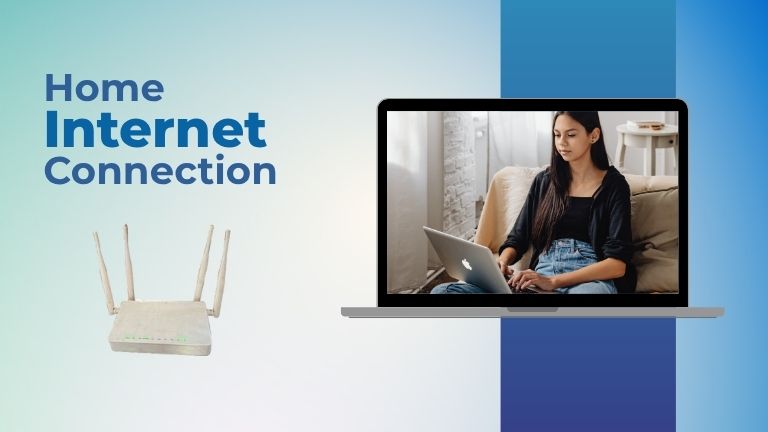
The internet has become an essential service in every home. Whether it is schoolwork, work meetings, work from home, entertainment, shopping, or banking, your internet speed and reliability matter significantly. There are many internet providers, but most people get confused about which one will be the right choice for them. In this article, I will explain in a simple and friendly way how to choose the most suitable internet connection and plan for your home. At each step, I will guide you through the questions you need to ask yourself to make the right decision.
Understanding Your Internet Needs
The first step is to understand your actual needs. For everyday tasks, light browsing and email may be sufficient. For video streaming, online gaming, or working from home, high speeds and low latency are essential. You can consider the number of people in your family who will be watching social media and videos simultaneously. If you have children attending online classes, upload speeds should also be considered. Considering these small details will help you choose the right plan.
Considering Speed and Bandwidth
You will see the terms Mbps and Gbps written on your internet plan. These numbers determine how fast your internet will be. 20 to 50 Mbps is often sufficient for a typical household. For a large family or heavy streaming, 100 Mbps or more is better. Bandwidth refers to how many devices can run smoothly at the same time. So you can choose the speed based on the number of devices and usage to avoid lag and ensure a comfortable experience.
Data Caps and Unlimited Plans
Some plans have monthly data limits. This depends on your usage. If you only do web browsing and light streaming, limited data may be sufficient. However, if you frequently watch high-definition video or download large files, an unlimited plan may be better. To avoid sudden large bill increases, monitor your average usage and base it on that.
Understanding Connection Types
Both wireless and wired internet are available. Fiber optic connections are considered the best for speed and stability. Cable and DSL options are more affordable, but their speeds can vary depending on distance. Mobile broadband and 4G or 5G online options are useful for temporary needs. Satellite internet is also a new technology that provides wireless internet connection through communication satellites. It is most suitable for remote areas where regular internet connectivity is not available.
Latency and Actual Performance
Along with speed, latency, or ping, is also important. Low latency is not just a convenience for online gaming or live calls, but a necessity. An ISP’s advertised speeds and actual speeds may differ. It is helpful to ask several users around you for their experiences. When possible, verify actual performance with a tempting test to make an informed decision.
Pricing and Plan Type
It is normal to base your decision on a plan based on its price, but it is important to understand the full context. Introductory discounts and promotional offers are often limited to the first few months. The monthly rate, installation charges, modem or router rental, and connection fees should all be reviewed. You can consider the contract term and any cancellation fees. You should also determine your budget and choose a plan accordingly to avoid a sudden financial burden.
Customer Service and Technical Support
The timeliness and responsiveness of customer service matters when there’s a connection interruption. As the internet sometimes stops working due to a number of reasons. It is important to know how fast and reliable a provider’s service is in your area. You can get this information from neighbors or online reviews. Factors like technician assistance during installation, problem-solving response, and bounce-back time will impact your daily experience.
Considering the Router and Home Setup
Along with the internet plan, choosing a router is also important. Newer and modern routers offer better coverage and faster local LAN speeds. Wi-Fi extenders or mesh networks are useful in larger homes or those with thicker walls. Position the router according to the room size and usage area. Pay attention to your network security, implementing things like strong passwords and firmware updates to keep your connection secure.
Trial and Compare
Some home internet providers offer trial or satisfaction guarantees. If possible, test for a short period before committing to a plan. Monitor speed tests and real-time usage. You can list two or three key options and compare their price, speed, data limits, and support. This comparison will clarify the most suitable option for you and allow you to make a more confident decision.
Decision-Making Method
After gathering all the information, write down your priority order and compare them. Give different weights to speed, data, price, and support. After that, choose a plan based on your usage patterns, budget, and future needs. Remember that every household has different needs. Therefore, if someone’s suggestion doesn’t match your needs, it is better to ignore it. You should make your final decision based on your usage, speed, reliability, plan cost, connection type, and customer service.


